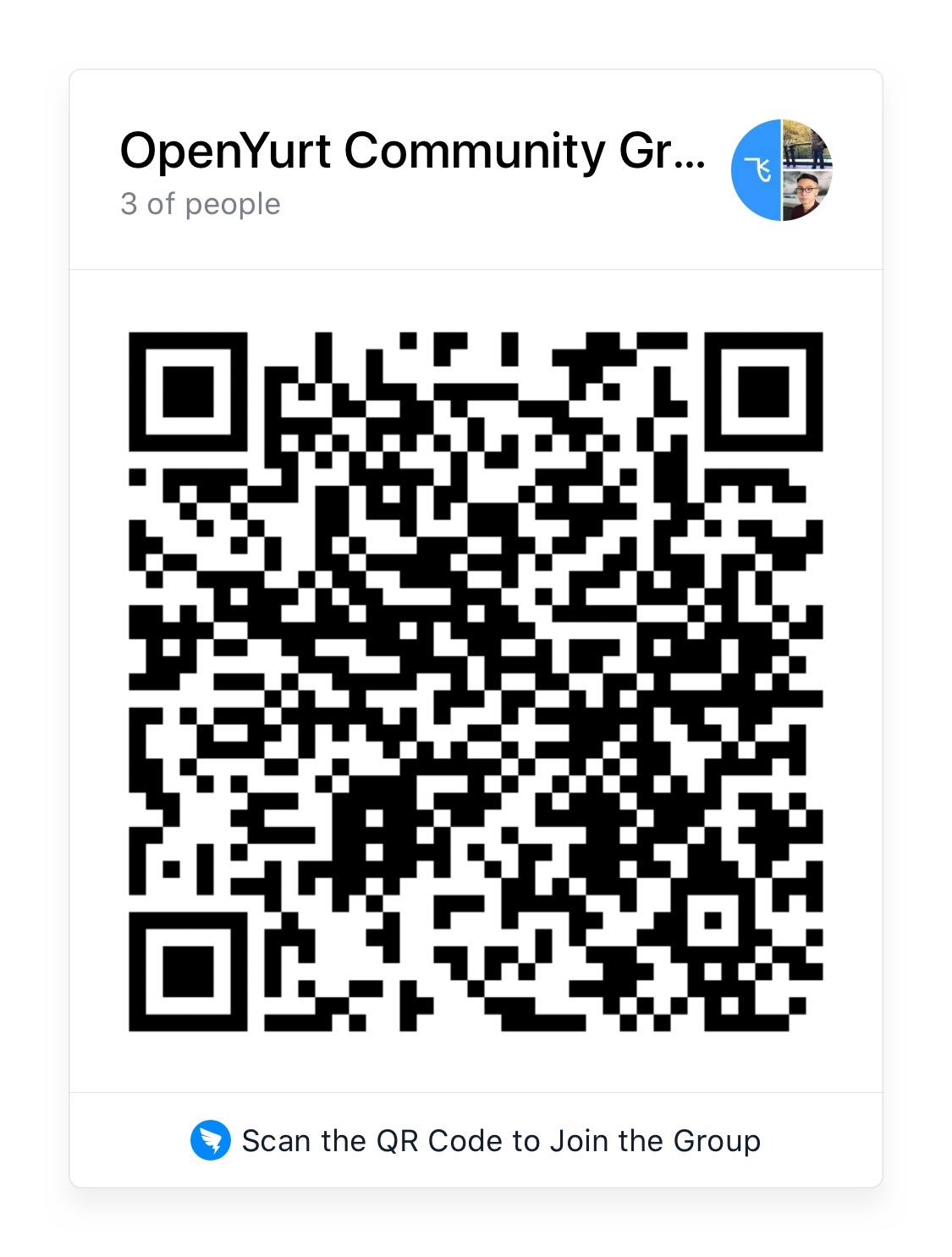 What is NEW! What is NEW! |
|---|
| August 30th, 2020. OpenYurt v0.2.0 is RELEASED! Please check the CHANGELOG for details. |
| May 29th, 2020. OpenYurt v0.1.0-beta.1 is RELEASED! Please check the CHANGELOG for details. |
OpenYurt is built based on native Kubernetes and targets to extend it to support edge computing seamlessly. In a nutshell, OpenYurt enables users to manage applications that run in the edge infrastructure as if they were running in the cloud infrastructure. Our official website is https://openyurt.io.
OpenYurt is suitable for common edge computing use cases whose requirements include:
- Minimizing the network traffic over long distances between the devices and the workloads.
- Overcoming the network bandwidth or reliability limitations.
- Processing data remotely to reduce latency.
- Providing a better security model to handle sensitive data.
OpenYurt has the following advantages in terms of compatibility and usability.
- Kubernetes native. It provides full Kubernetes API compatibility. All Kubernetes workloads, services, operators, CNI plugins, and CSI plugins are supported.
- Seamless conversion. It provides a tool to easily convert a native Kubernetes to be "edge" ready. The extra resource and maintenance costs of the OpenYurt components are very low.
- Node autonomy. It provides mechanisms to tolerate unstable or disconnected cloud-edge networking. The applications run in the edge nodes are not affected even if the nodes are offline.
- Cloud platform agnostic. OpenYurt can be easily deployed in any public cloud Kubernetes services.
OpenYurt follows a classic edge application architecture design -
a centralized Kubernetes master resides in the cloud site, which
manages multiple edge nodes reside in the edge site. Each edge node has moderate compute resources allowing
running a number of edge applications plus the Kubernetes node daemons. The edge nodes in a cluster can span
multiple physical regions. The terms region and unit are interchangeable in OpenYurt.
The major OpenYurt components consist of:
- YurtHub: A node daemon that serves as a proxy for the outbound traffic from the Kubernetes node daemons (Kubelet, Kubeproxy, CNI plugins and so on). It caches the states of all the resources that the Kubernetes node daemons might access in the edge node's local storage. In case the edge node is offline, those daemons can recover the states upon node restarts.
- Yurt controller manager: It manages a few controllers such as
the node controller and the unit controller (to be released) for different edge computing use cases. For example,
the Pods in the nodes that are in the
autonomymode will not be evicted from APIServer even if the node heartbeats are missing. - Yurt tunnel server: It connects with the
TunnelAgentdaemon running in each edge node via a reverse proxy to establish a secure network access between the cloud site control plane and the edge nodes that are connected to the intranet (to be released).
OpenYurt supports Kubernetes versions up to 1.16. Using higher Kubernetes versions may cause compatibility issues.
You can setup the OpenYurt cluster manually, but we recommend to start
OpenYurt by using the yurtctl command line tool. To quickly build and install yurtctl,
assuming the build system has golang 1.13+ and bash installed, you can simply do the following:
$ git clone https://github.com/alibaba/openyurt.git
$ cd openyurt
$ make WHAT=cmd/yurtctlThe yurtctl binary can be found at _output/bin. To convert an existing Kubernetes cluster to an OpenYurt cluster,
the following simple command line can be used:
$ _output/bin/yurtctl convert --provider [minikube|ack]To uninstall OpenYurt and revert back to the original Kubernetes cluster settings, you can run the following command:
$ _output/bin/yurtctl revertPlease check yurtctl tutorial for more details.
We provider detailed tutorials to demonstrate how to use OpenYurt to manage edge applications.
If you are willing to be a contributor for OpenYurt project, please refer to our CONTRIBUTING document for details. We have also prepared a developer guide to help the code contributors.
| Item | Value |
|---|---|
| APAC Friendly Community meeting | Bi-weekly APAC (Starting Sep 2, 2020), Wednesday 10:00AM GMT+8 |
| Meeting link APAC Friendly meeting | https://zoom.us/j/99639193252 |
| Meeting notes | Notes and agenda |
If you have any questions or want to contribute, you are welcome to communicate most things via GitHub issues or pull requests. Other active communication channels:
- Mailing List: openyurt@googlegroups.com
- Dingtalk Group (钉钉讨论群)
OpenYurt is under the Apache 2.0 license. See the LICENSE file for details. Certain implementations in OpenYurt rely on the existing code from Kubernetes and the credits go to the original Kubernetes authors.




